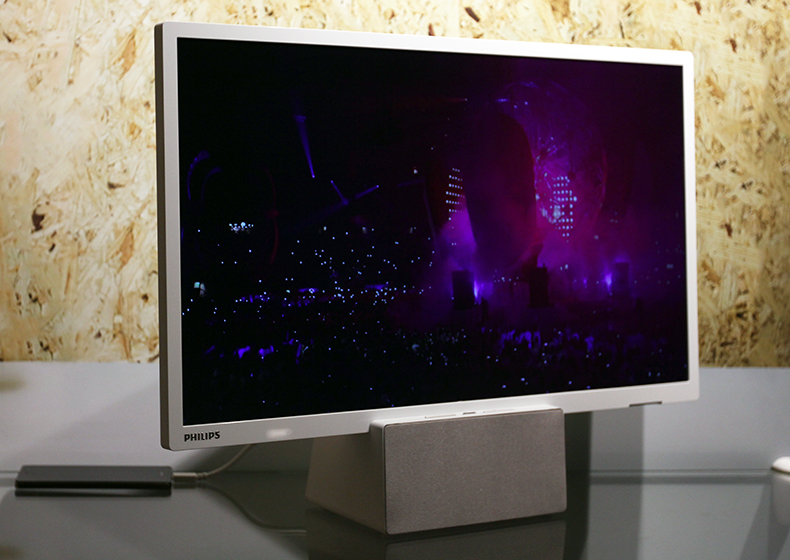
Philips TVs are back. Recent years have seen the brand overtaken by Japanese and Korean rivals, with a protracted buy-out of the Philips' TV division by Taiwanese company TP V leaving the brand in limbo. Finally, it seems, we are back on firm ground.
Actually, we find ourselves in a forest on the outskirts of Brussels. It is here that Philips is having a week-long launch for its new range of TVs. Not only does the company have an exhaustive line-up of new TVs, it has declared its aim to become the top dog of TVs in Europe.
How? It begins with gaining customer trust, and to that end Philips has been offering TVs with a 30-day no-quibble guarantee. That’s one way to demonstrate confidence. What else? Good tech, of course. Let’s take a look.
It’s a varied range, with something for everyone. Sizes go from a kitchen-friendly 24-inches to a room-dominating 75-inches. There are a few Full HD TVs, but mostly we’re looking at Ultra HD 4K sets.
All of the 4K TVs will be running the latest Android TV operating system, with built-in 4K sources that include Netflix, Amazon Video and YouTube. Most of these sets will handle high dynamic range content.
Bad news if you’re a fan of 3D, because there will be none of it whatsoever. “3D is dead,” declares Philips’ picture quality guru Danny Tack. Apparently there is not enough demand to justify complicating the new designs (and risk affecting the picture).
OLED
Philips is doing OLED. It’s still in development, but we are told it will make an appearance later this year, probably at IFA 2016 in Berlin. It will use an LG panel, which is hardly surprising considering LG is really the only OLED player in town.
In Europe, Philips is looking at a 55in screen size, and only in flat format. The company’s research suggests the curve is a dying fad in Europe, although China and Latin America will see a curved model.
HDR
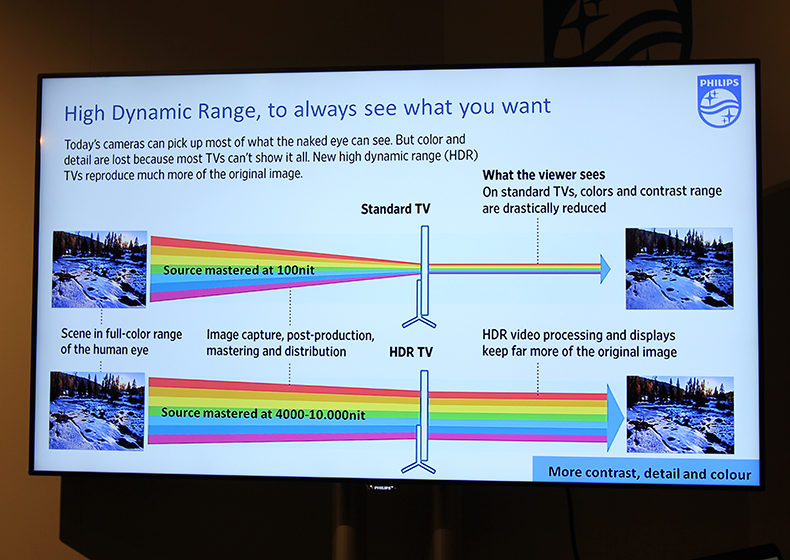
Philips has a curious strategy when it comes to HDR. None of its range will comply with the UHD Alliance’s new ‘UHD Premium’ standard, which recommends a peak brightness of 1000 nits (where 1 nit is roughly equivalent to one candle’s brightness). Instead, these TVs will go up to a maximum of 700 nits.
The company is not concerned about getting the UHD Premium badge, pointing out that Japanese rival Sony has the same attitude. Tack would rather settle for a lower peak brightness than risk getting halo effects on screen.
The HDR line-up is divided into ‘HDR Plus’ and ‘HDR Premium’. Most of the HDR-compatible TVs are labelled HDR Plus, which denotes a peak brightness of 400 nits. HDR Premium is reserved for the very best in the range: the full 700 nits.
Don’t worry about compatibility, though – these TVs do follow the UHD Alliance’s recommended ‘HDR 10’ open standard. Amazon Video’s HDR, for instance, will play just fine. As will the upcoming Ultra HD Blu-rays.
Here’s one we’ve not heard before: HDR upscaling. We’re accustomed to HD and UHD upscaling, which takes lower-resolution images and bumps them up to a higher resolution using clever processing, and HDR upscaling does the same - boosting colour, brightness and contrast. The quality of this remains to be seen.
Ambilight
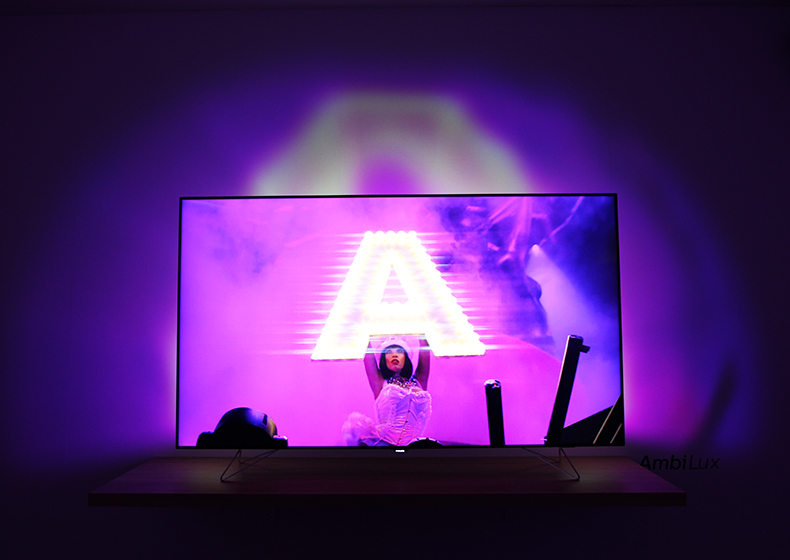
Ambilight is back. For those unfamiliar with this weird and wonderful development: Ambilight uses strips of LEDs at the edges of Philips TVs to display the screen’s colours on your rear wall.
The idea is to play with your peripheral vision and make it look like the TV’s image is larger than it really is. Imagine it as the picture spilling over the edges of the screen. Ambilight is Philips’ party trick, but that party has been upgraded to a full-on rave.
No longer is Ambilight light limited to two, three or four strips of LEDs: Ambilight Projection (nicknamed Ambilux) uses nine tiny rear projectors. What you get is no longer just matching colours: they are vague shapes that mirror what’s on screen. It can be a little distracting at first, but you can easily adjust the intensity of the effect. We look forward to properly testing this feature out.
Philips 2016 TVs
FULL HD
Philips 4000 series
HD ready and Full HD
Sizes: 22in, 24in
50Hz frame rate
Direct-lit LED
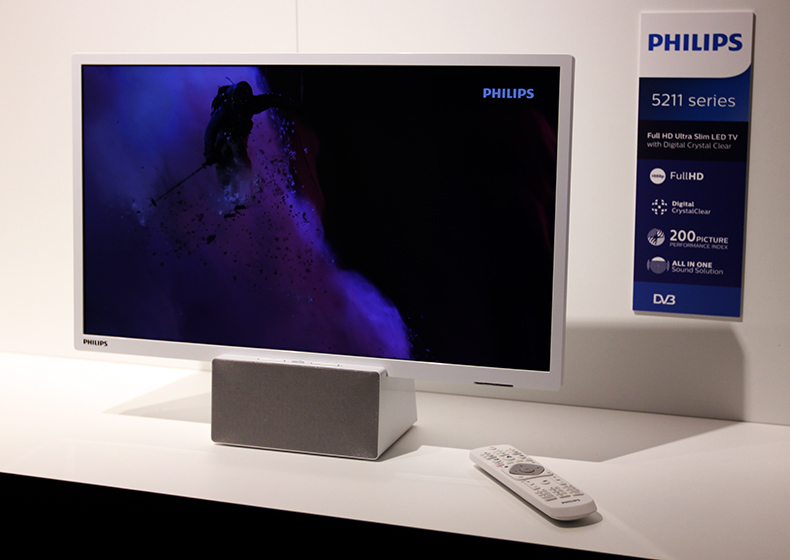
Philips 5211 series
This is a curious one. It’s like a tiny TV nailed to a portable speaker, and functions like it too. The screen uses the integrated speaker base but you can go sound-only and use it as a Bluetooth speaker.
Full HD
Sizes: 24in
50Hz frame rate
Direct-lit LED
Philips 5501 series
Full HD
Sizes: 32in, 40in, 43in, 49in
50Hz frame rate
Direct-lit LED
Android TV
Availability: May 2016
Philips 6400 series
Ultra HD
Sizes: 32in
100Hz frame rate
Direct-lit LED
Android TV
Ambilight 2
Availability: April 2016
Philips 2016 4K TVs
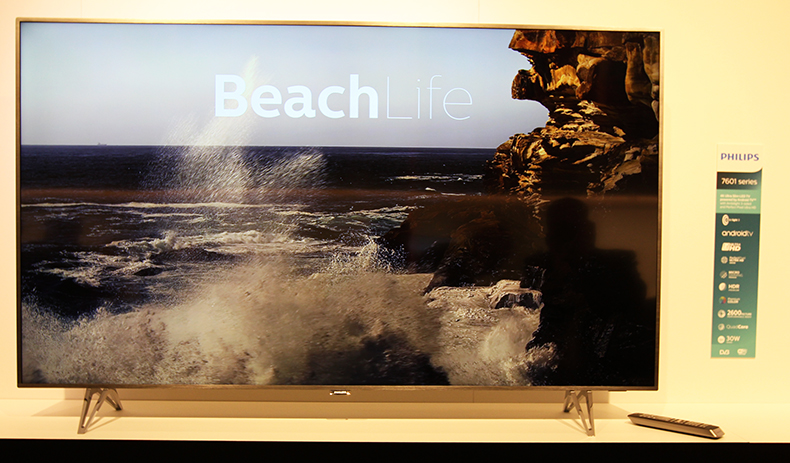
Philips 6101 series
Ultra HD
Sizes: 43in, 49in, 55in
100Hz frame rate
Direct-lit LED
Android TV
HDR Plus
Philips 6401 series
Ultra HD
Sizes: 43in, 49in, 55in
100Hz frame rate
Direct-lit LED
Android TV
Ambilight 2
HDR Plus
Availability: April 2016
Philips 6501 series
Ultra HD
Sizes: 43in, 49in, 55in, 65in
200Hz frame rate
Direct-lit LED
Android TV
Ambilight 2
HDR Plus
Availability: April 2016
Philips 6561 series
Ultra HD
Sizes: 65in
200Hz frame rate
Direct-lit LED
Android TV
Ambilight 3
HDR Plus
Availability: April 2016
Philips 7101 series
Ultra HD
Sizes: 49in, 55in, 65in, 75in
200Hz frame rate
Edge-lit LED
Android TV
Ambilight 3
HDR Plus
Availability: April 2016
Philips 7181 series
Ultra HD
Sizes: 49in, 55in
200Hz frame rate
Edge-lit LED
Android TV
Ambilight 3
HDR Plus
Integrated soundbar
Availability: April 2016
Philips 7601 series
One to look out for. This one combines a 700 nit direct-lit LED panel with local dimming (which Philips calls 2D dimming for some reason).
Ultra HD
Sizes: 65in
200Hz frame rate
Direct-lit LED
Android TV
Ambilight 3
HDR Premium
Availability: July 2016
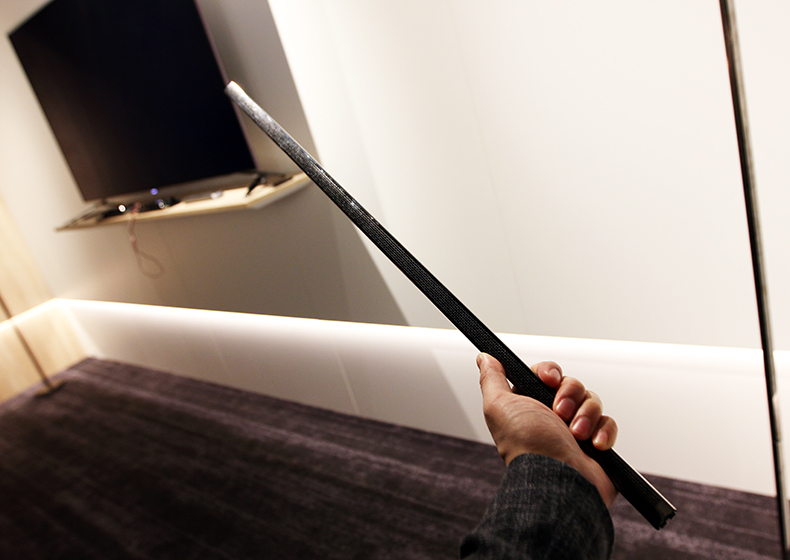
Philips 8601 series
This is the one with fancy speakers. How fancy? They are magnetic speaker bars that you can rip off from the sides and place elsewhere for a wider sound field. They get their own dedicated (mains powered) stands and communicate with the TV via Bluetooth.
Ultra HD
Sizes: 55in, 65in
200Hz frame rate
Edge-lit LED
Android TV
Ambilight 4
HDR Premium
Detachable speakers
Availability: February 2016
Philips 8901 series
Ultra HD
Sizes: 65in
200Hz frame rate
Edge-lit LED
Ambilight Projection (Ambilux)
HDR Plus
Availability: March 2016
Get the What Hi-Fi? Newsletter
The latest hi-fi, home cinema and tech news, reviews, buying advice and deals, direct to your inbox.
